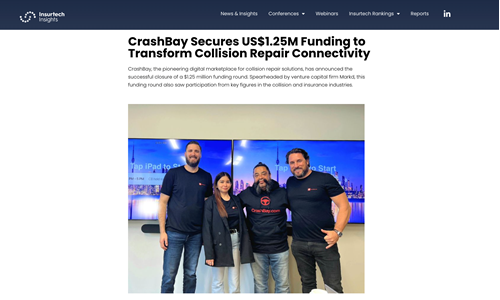According to the NHTSA, sending or receiving a text takes a driver’s eyes off the road for an average of 4.6 seconds, which, at 55 mph, is equivalent to driving the length of an entire football field blindfolded. It further notes that crashes where at least one driver was identified as being distracted resulted in 10,546 fatalities, 1.3 million nonfatal injuries, and $98.2 billion in economic costs in 2019, accounting for about 29% of all crash costs.
The consequences of distracted driving can be devastating, leading to accidents, injuries, and even loss of life. For fleet managers, addressing this issue is not just a matter of safety but also a crucial aspect of operational efficiency and financial responsibility. Needless to say, the impact of distracted driving goes beyond the immediate safety concerns.
Accidents involving company vehicles can lead to increased insurance premiums, vehicle repair costs, medical expenses, and potential legal liabilities. Moreover, downtime resulting from accidents can disrupt schedules, delay deliveries, and tarnish the reputation of the company.
A multi-faceted approach that combines policy implementation, technological solutions, employee training, and ongoing monitoring is needed to help address the issue of distracted driving. We’ve listed some strategies that fleet managers can adopt to combat distracted driving within their organizations.
Read more.










